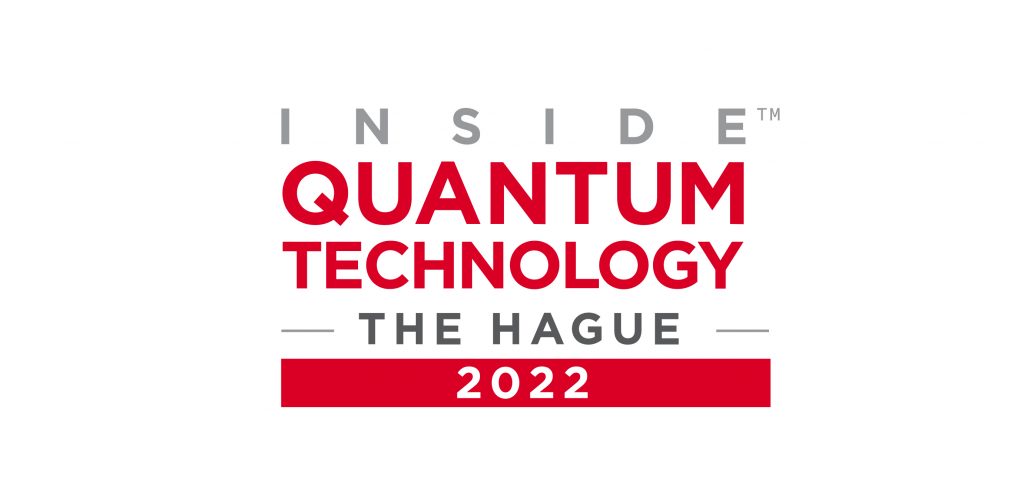15.03.2022News
QIA researchers store a quantum bit for a record-breaking 20 milliseconds

QIA partner University of Geneva has succeeded in storing a photonic quantum bit for 20 milliseconds. A duration that had never before been achieved by a solid-state quantum memory for photons.
Quantum theories are now at the heart of much research in cryptography, a discipline that brings together techniques for encoding a message. Quantum theories make it possible to guarantee perfect authenticity and confidentiality for information when it is transmitted between two interlocutors by a photon within an optical fibre. The phenomenon of superposition let the sender know immediately whether the photon conveying the message has been intercepted.
By managing to store a qubit in a crystal for 20 milliseconds, Mikael Afzelius’s team at the University of Geneva (UNIGE) has set a world record and taken a major step towards the development of long-distance quantum telecommunications networks. This research has been published in the journal npj Quantum Information.
Memorizing the signal
However, there is a major obstacle to the development of long-distance quantum telecommunication systems: beyond a few hundred kilometres, the photons are lost and the signal disappears. Since the signal cannot be copied or amplified – it would lose the quantum state that guarantees its confidentiality – the challenge is to find a way of repeating it without altering it by creating ‘repeaters’ based, in particular, on a quantum memory.
In 2015, the team led by Mikael Afzelius, a senior lecturer in the Department of Applied Physics at the Faculty of Science of the University of Geneva (UNIGE), succeeded in storing a qubit carried by a photon for 0.5 milliseconds in a crystal – a memory. This process allowed the photon to transfer its quantum state to the atoms of the crystal before disappearing. However, the phenomenon did not last long enough to allow the construction of a larger network of memories, a prerequisite for the development of long-distance quantum telecommunications.

